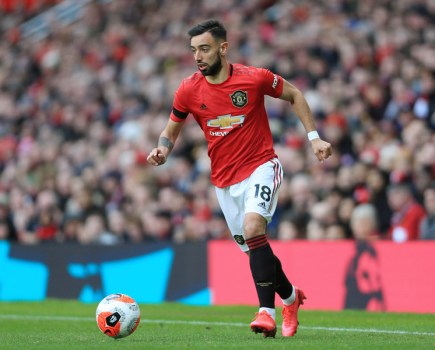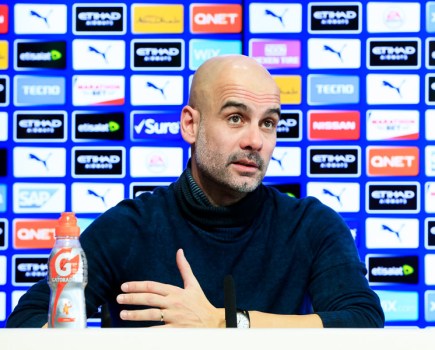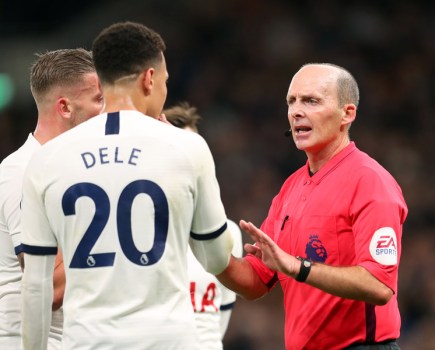 Well, the European Championship finals ended in splendour with that glorious display in the Final by Spain; leading some enraptured critic to call them the best team that has ever been seen. While yielding to no one in my admiration for such a dazzling display of football, I still believe that the tournament overall was a disappointing and even mediocre one. Yes, everything superbly worked for Spain in the Final. Del Bosque’s daring tactics, with no centre forward till Fernando Torres belatedly came on to do his rabbit-killing act, worked perfectly. But then you have to ask yourself, why did they fail so manifestly to work before?
Well, the European Championship finals ended in splendour with that glorious display in the Final by Spain; leading some enraptured critic to call them the best team that has ever been seen. While yielding to no one in my admiration for such a dazzling display of football, I still believe that the tournament overall was a disappointing and even mediocre one. Yes, everything superbly worked for Spain in the Final. Del Bosque’s daring tactics, with no centre forward till Fernando Torres belatedly came on to do his rabbit-killing act, worked perfectly. But then you have to ask yourself, why did they fail so manifestly to work before?
Failed to work against Portugal, whose suicidal decision not to entrust Ronaldo with any of their first four shoot out penalties. Failed to take wing against Croatia, when only a couple of fine saves by goalie Iker Casillas prevented embarrassment.
Were the Viennese sage Willy Meisl alive today, he would no doubt have thought his futuristic theories on what he called The Whirl had been vindicated. In 1955, in a book called Soccer Revolution Meisl, the brother of the illustrious Hugo, who shaped the great Austrian Wunderteam of the 1930s, a refugee by then in London, foresaw a time when positions on the field were simply relative, when players simply slipped from attack into defence and vice versa.
To some extent this would indeed happen with the advent in the early 1970s of Total Football as practised by the West Germans and the Dutch. The notion being that defenders could and should attack, attackers defend, while a mobile libero – Franz Beckenbauer being the innovative and spectacular example – advanced to pull the strings from his position behind the defence.
It was, as a leading French journalist remarked to me, the day after in 1972, we had seen Ajax demolish Inter in Rotterdam in the European Cup Final, the new reality. But it didn’t last and besides, when under the impulse of Johan Cruyff Holland reached the 1974 Final of the European Cup in Munich, arguably their best player was big, heavy, relatively slow Wim Van Hanagem, supreme strategist with a glorious left foot.
Besides, to play like the Spaniards did in the Euro Final, you have to have the kind of splendid players they have. Midfielders of technical excellence and strategic flair such as Iniesta, Xavi and Alonso. An overlapping left back capable of scoring such fine goals as Jordi Alba. And such players – compare Hungary’s Puskas, Kocsis and Nandor Hidegkuti – do not grow on trees.
But so much of the football was dull and disappointing. The French, having tormented England, fell miserably apart, the team riven with mutinous dissent even if not to the wretched extent it did in the 2010 World Cup. A seemingly vibrant Russian team managed to lose to modest Greece. The Dutch imploded, losing all three games, and seem, only a couple of years after reaching the World Cup Final, to have plunged into crisis. And England? At least they didn’t disgrace themselves, didn’t, like the highly rated Germans, even concede a goal to the Andrea Pirlo inspired Italy – but even he was overwhelmed, for all his talents, by the Spaniards in Kiev. But what is the future if not bleak?
Wayne Rooney, allegedly the one English player of major stature, looks at international level a busted flush. You wonder why Roy Hodgson didn’t substitute him against the Ukraine. And how recklessly self indulgent of him to breeze off for a holiday in Las Vegas before the tournament when so short of match practice. Without precocious Jack Wilshere, there isn’t a playmaker in sight; but then, whom do Italy have, apart from Pirlo? Though credit for Prandelli to pick the mavericks Balotelli and Cassano, who, Lippi ignored in 2010.






